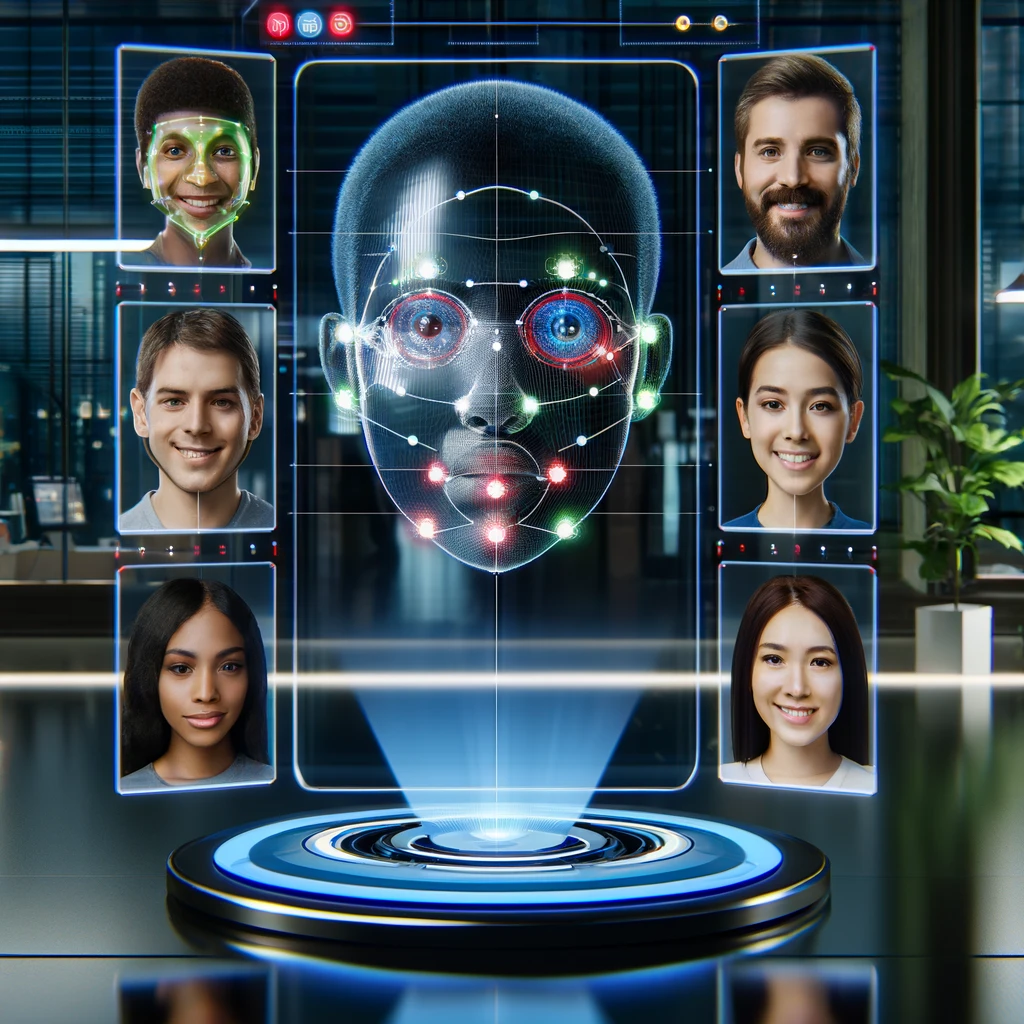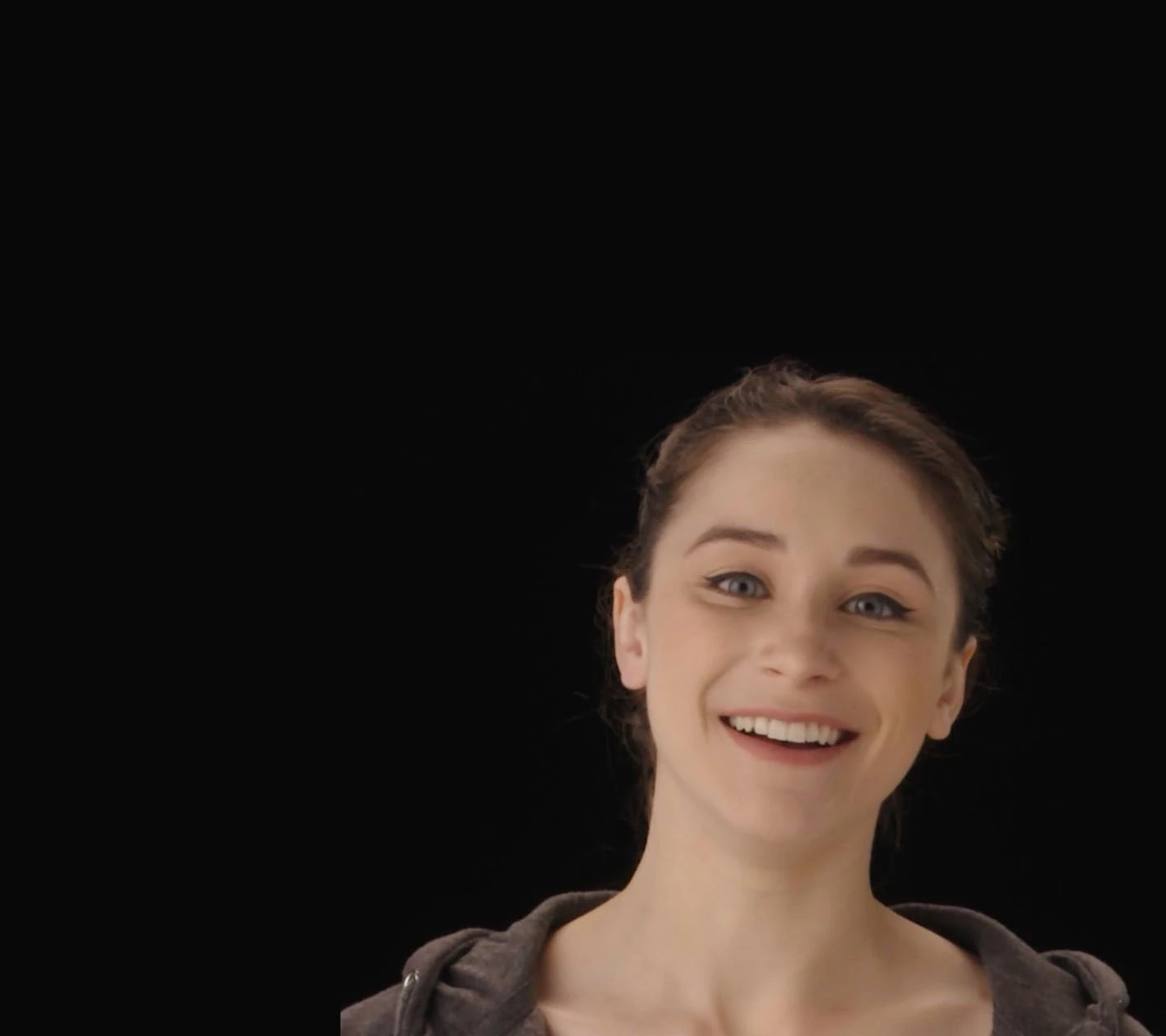Introduction
In the realm of Artificial Intelligence (AI), computer vision AI is a transformative technology, influencing a broad spectrum of applications from healthcare to e-commerce. It is, most of all, integral part of our Facial Emotion Recognition technology. This guide delves deeper into the core aspects of computer vision, offering insights into its types, practical examples, easy-to-follow tutorials, and its role in FER. Drawing on recent academic research, we uncover the multifaceted nature of computer vision and its broad applications in today’s digital era.
Historical Insights: The Evolution of Computer Vision
The journey of computer vision began in the 1960s when it was more of an ambitious idea than a practical reality. Early experiments, such as the Summer Vision Project at MIT, aimed to connect camera inputs to computers, trying to mimic basic human visual understanding. Over the decades, advancements in hardware and algorithms have greatly expanded the capabilities of computer vision. The 1990s saw the introduction of machine learning techniques that enabled more sophisticated image processing. By the 2000s, with the advent of deep learning and significant increases in computational power, computer vision systems began to surpass human accuracy levels in tasks like object recognition and image classification, setting the stage for modern AI applications that now drive the technology forward.
What is Computer Vision?
Computer vision is a field within AI that trains computers to interpret and understand the visual world. Machines can accurately identify and classify objects—and then react to what they “see” using digital images from cameras, videos, and deep learning models.
Exploring Types of Computer Vision
- Image Classification: Assigns a label to an entire image or photograph.
- Object Detection: Recognizes multiple objects within an image and places bounding boxes around them.
- Segmentation: Differentiates between and segments different objects within the same image, often down to the pixel level.
Computer Vision Applications: Real-World Examples
Healthcare: Deep learning models assist in diagnosing diseases from medical images like X-rays and MRIs, demonstrating how AI can enhance care by supporting the rapid interpretation of medical imagery.
E-Commerce: AI-driven computer vision technologies are being used to enhance online shopping experiences by improving search capabilities and product recommendations.
The Role of Computer Vision in Facial Emotion Recognition: Technical Deep Dive
Facial Emotion Recognition (FER) stands as a specialized area within the broader field of computer vision, focusing precisely on identifying human emotions from facial expressions. This technology relies heavily on the capabilities of computer vision to process and analyze visual information from images or video feeds. Here, we’ll delve into the specific computer vision techniques that underpin the effectiveness of FER systems, enhancing their ability to interact with and understand human emotional states.
Facial Detection and Landmark Localization
The first step in any FER system is accurately detecting a face within a complex visual scene. This involves identifying and isolating the face from the rest of the image or video frame, which is fundamental before any emotional analysis can occur. Computer vision techniques such as Haar cascades or more advanced deep learning models like the Single Shot MultiBox Detector (SSD) are commonly employed for rapid and efficient face detection.
Once a face is detected, the next critical step is facial landmark detection. This process involves identifying key facial points (such as the corners of the mouth, the bridge of the nose, and the eyes). Techniques such as the active shape model or deep learning approaches like convolutional neural networks are used to detect these landmarks. Precise landmark detection is crucial as it allows for the analysis of facial expressions by examining the relative positions and movements of these points over time.
Feature Extraction Through Convolutional Neural Networks
With the advancements in deep learning, Convolutional Neural Networks (CNNs) have become the backbone of feature extraction in FER systems in general, and MorphCast technology in particular. CNNs are adept at automatically detecting facial features that are essential for recognizing emotions, such as furrows, smiles, or frowns, without manual intervention. By processing facial images through multiple convolutional and pooling layers, CNNs can learn complex patterns in facial expressions that correspond to different emotions.
Analyzing Temporal Changes with Optical Flow
In video-based FER, understanding how facial expressions change over time is vital. Optical flow techniques in computer vision are utilized to track the movement of facial landmarks between consecutive frames of a video. This method provides a vector field where each vector is a displacement vector showing the movement of points from one frame to the next. Analyzing these vectors helps in understanding the dynamics of facial expressions, which is crucial for accurate emotion recognition in real-time video communications.
Integration of Spatial and Temporal Data
To enhance the accuracy of emotion detection, FER systems often integrate both spatial and temporal data. This integration allows the system to not only recognize static facial expressions from single images but also to interpret emotion from sequences of expressions over time. Techniques like 3D CNNs or the combination of CNNs with Recurrent Neural Networks (RNNs) or Long Short-Term Memory networks (LSTMs) are employed. These models can capture both the spatial features of facial expressions and their temporal evolution, providing a more comprehensive understanding of the displayed emotions.
Computer Vision Tutorials and Learning Resources
- OpenCV Basics: A mobile application supporting the teaching of computer vision concepts through practical, hands-on use of algorithms.
- Visual Question Answering: A tutorial on combining computer vision with natural language processing for advanced AI applications.
Conclusion
Computer vision is a dynamic and growing field within AI that is revolutionizing industries and enhancing human capabilities. By understanding its concepts, types, and applications, enthusiasts and professionals alike can harness its power to create innovative solutions and drive technological advancements. The integration of facial emotion recognition further extends the capabilities of AI, making interactions more intuitive and applications more empathetic.
References
- Girshick, R. (2015). Fast R-CNN. In Proceedings of the IEEE international conference on computer vision (pp. 1440-1448).
- He, K., Zhang, X., Ren, S., & Sun, J. (2016). Deep residual learning for image recognition. In Proceedings of the IEEE conference on computer vision and pattern recognition (pp. 770-778).
- Khan, A., Sohail, A., Zahoora, U., & Qureshi, A. S. (2020). A survey of the recent architectures of deep convolutional neural networks. Artificial Intelligence Review, 53(8), 5455-5516.
- Szeliski, R. (2010). Computer Vision: Algorithms and Applications. Springer Science & Business Media.
- Zhao, W., Chellappa, R., Phillips, P. J., & Rosenfeld, A. (2003). Face recognition: A literature survey. ACM Computing Surveys, 35(4), 399-458.




